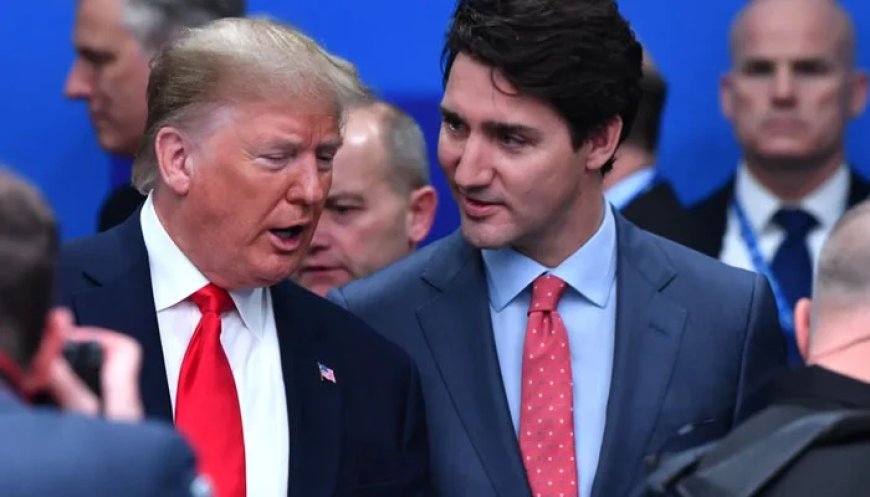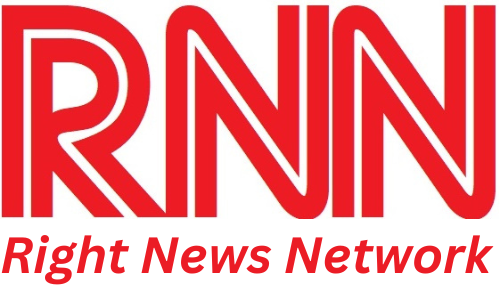Trump halts tariffs on Canada after Mexico but keeps pressure on China

1. Canada agrees to deploy new technology and personnel along its border with US to fight organised crime
On Monday, U.S. President Donald Trump decided to delay imposing high tariffs on Mexico and Canada, agreeing to a 30-day pause after both countries pledged to enhance border security and tackle crime.
Meanwhile, U.S. tariffs on China are still set to take effect within hours.
Both Canadian Prime Minister Justin Trudeau and Mexican President Claudia Sheinbaum committed to strengthening border enforcement in response to Trump's demand for a crackdown on immigration and drug trafficking. This pledge postponed the 25% tariffs that were scheduled to take effect on Tuesday for a month.
Canada promised to deploy new technology and personnel along its border with the U.S. and collaborate on combating organized crime, fentanyl smuggling, and money laundering.
Mexico agreed to reinforce its northern border with 10,000 National Guard members to curb illegal immigration and drug trafficking.
In return, the U.S. committed to preventing the trafficking of high-powered weapons to Mexico, according to Sheinbaum.
"As President, it is my responsibility to ensure the safety of ALL Americans, and I am doing just that. I am very pleased with this initial outcome," Trump shared on social media.
The temporary agreement avoids the onset of a trade war, which economists had warned would hurt all economies involved and drive up prices for consumers.
After speaking with both leaders, Trump said he aimed to negotiate economic agreements with Canada and Mexico over the next month. The two countries' economies have become closely integrated with the U.S. since the 1990s free-trade agreement.
China tariffs remain on track
There is no such deal with China, which faces 10% tariffs set to take effect at 12:01 a.m. ET on Tuesday (0501 GMT). A White House spokesperson confirmed Trump would not speak with Chinese President Xi Jinping until later in the week.
Trump also warned he could raise tariffs on China further. "China hopefully is going to stop sending us fentanyl, and if they don't, the tariffs are going to go substantially higher," he stated.
China has referred to fentanyl as an American issue and announced plans to challenge the tariffs at the World Trade Organization, though it left room for discussions.
This latest development led to a rise in the Canadian dollar after it had fallen to its lowest in over 20 years. U.S. stock index futures also saw a boost following losses on Wall Street.
Industry groups, concerned about potential disruptions to supply chains, welcomed the tariff delay. "That's very encouraging news," said Chris Davison, head of a Canadian canola producers' trade group. "We have a highly integrated industry that benefits both countries."
Trump suggested that the 27-nation European Union (EU) might be his next target, but did not specify when. EU leaders meeting in Brussels on Monday expressed readiness to retaliate if the U.S. imposes tariffs but also advocated for negotiation. The U.S. is the EU’s largest trade and investment partner.
Trump hinted that the U.K., which left the EU in 2020, could be exempt from tariffs.
Although Trump acknowledged that his tariffs could cause short-term pain for U.S. consumers, he argued they were necessary to curb immigration, narcotics trafficking, and boost domestic industries.
The tariffs as initially planned would affect nearly half of all U.S. imports and would require the U.S. to significantly increase its manufacturing output—something analysts consider impractical in the short term.
Some experts warned that the tariffs could push Canada and Mexico into recession and lead to “stagflation” in the U.S.—high inflation, stagnant growth, and rising unemployment.


















































